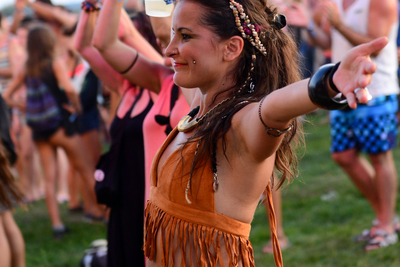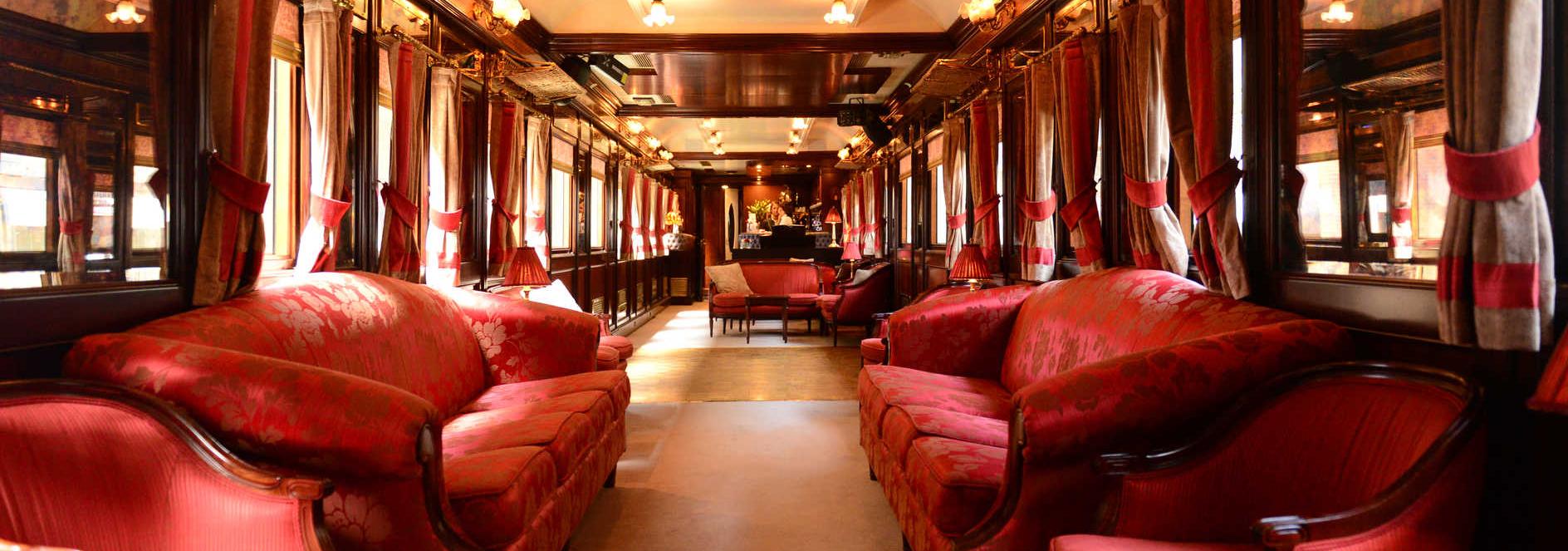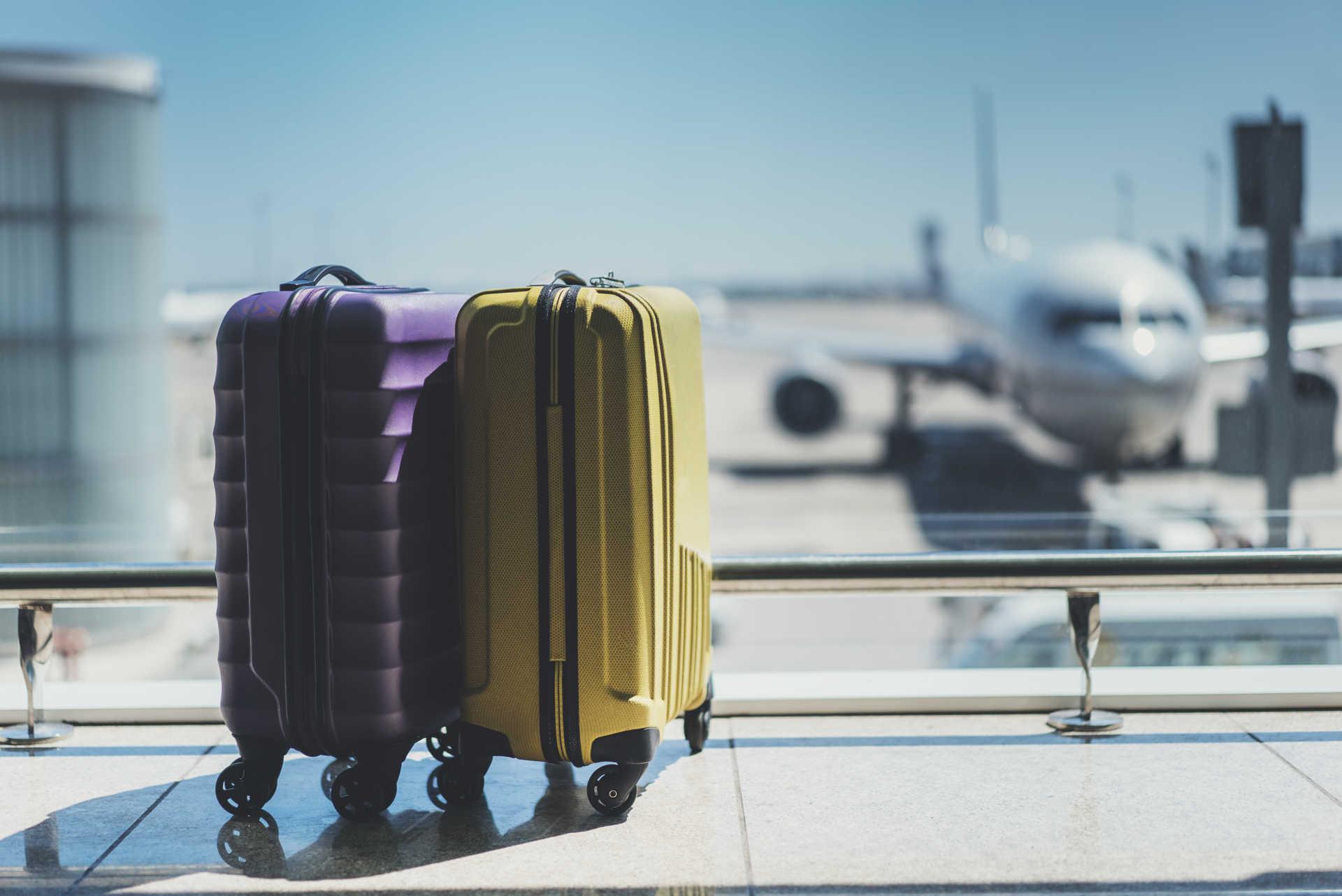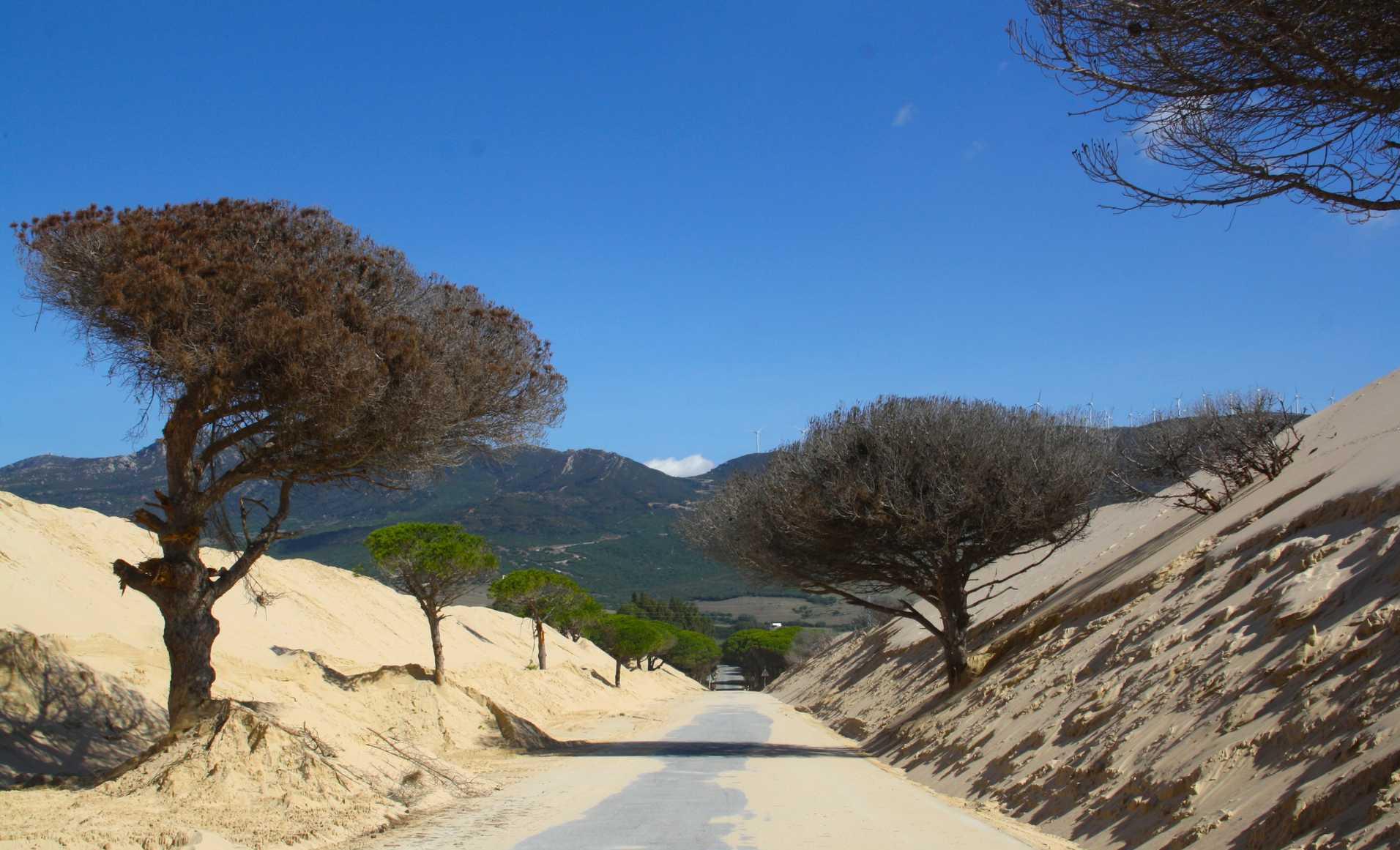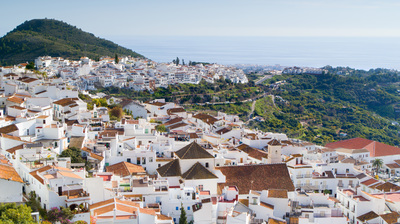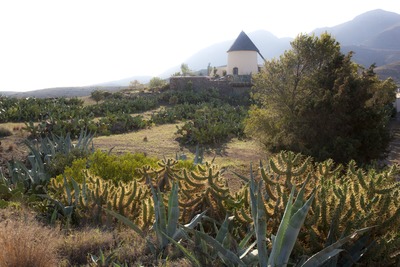Frigiliana and its three cultures: 11 things to do in the so-called "most beautiful town in Malaga"
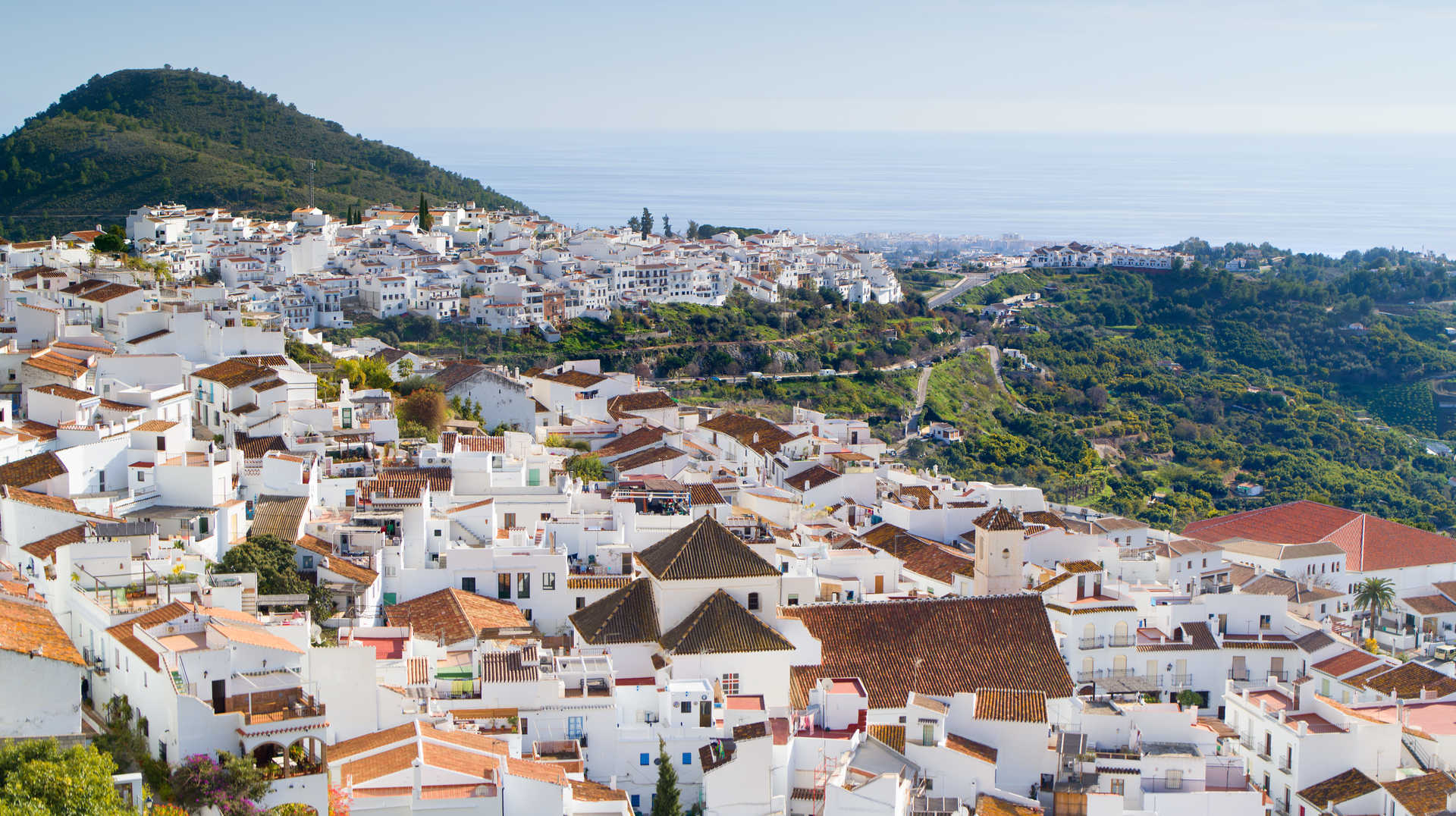
Frigiliana is one of the so-called White Villages in which three ancient cultures converge – Jewish, Muslim and Christian. We tell you 11 things to do in the so-called "most beautiful town in Malaga".
Frigiliana is a town that shines on the eastern coast of Malaga and is known as the Pearl of the Axarquía, as well as one of the most beautiful towns in Malaga and also in Spain.
It is located just 7 km from Nerja and about 55 km from Malaga city.
Its excellent location on the edge of a nature reserve and a few minutes from the Mediterranean coast make this town a must-see destination.
The streets are peaceful and offer a glimpse of the coexistence of the three cultures that lived there: Christian, Jewish and Muslim.
Discover Frigiliana by walking along its whitewashed and pristine streets adorned with flowers, wrought iron, colourful doors and ceramics. Let's start our visit!
1.- Casa del Apero.
If you visit Casa del Apero, you'll discover why Frigiliana is considered the most Moorish of all the towns in the province, as it has one of the buildings with the most popular flavour as it houses the Archaeological Museum of the Villa and the House of Culture.
Erected in the 17th century, it was used as a shed to store work tools for the fields and as a stable for animals who worked on the land.
Today in Casa de Apero you will also find the tourist office, and don't forget to go up to the viewpoint and enjoy spectacular panoramic views.
2.- Ingenio Nuestra Señora del Carmen: Honey factory
Nuestra Señora del Carmen Honey Factory is located in the old Renaissance Palace of the Counts of Frigiliana, dating from 1620, and is the only sugar-cane honey factory that exists in Europe.
It's popularly known as "El ingenio" and is an example of the transition of Frigiliana from a Moorish village to a Christian village after the Reconquest, so it has great historical value.
The honey factory is usually closed to the public but on special occasions there are very interesting guided tours. Make sure you enquire at the tourist office.
On the ground floor of the building you will find a beautiful craft shop: Artesanía de Frigiliana. You won't be able to resist taking a photo or two and going inside to take a look.
3.- Exploring the upper part of Frigiliana: El Barribarto.
El Barribarto is one of the best preserved Moorish historical centres in all of Spain. It earned a well-deserved designation as a Historic Artistic Site in 2014. There is a treasure to be discovered round every corner, and each step is full of history.
And speaking of history... you will find a very interesting one told on 12 plates that you can follow as a tour of the facades. It's the story of a very famous event in Frigiliana: the uprising of the Moors, which took place during the Christian Reconquest.
El Barribarto de Frigiliana is the perfect example of a neighbourhood with great influence of the Mudejar style. It's a great chance to get to know these towns that were fortunately not affected by the real estate boom and modern urban developments that abound on the Costa del Sol.
A trip to Frigiliana is like going back in time. You can walk down its narrow streets full of steps and enjoy the contrasting colours on its whitewashed houses.
4.- Church of San Antonio de Padua.
The Church of San Antonio de Padua is located at 100 Calle Real and is considered the most important church in Frigiliana.
Renaissance in style, it was built in 1676 on the remains of an Arab mosque.
5.- The Mechanical Puppet Theatre of Frigiliana.
A cute kiosk with three glazed windows that contains mechanised puppets. If you insert a euro in the slot, they tell you stories about Frigiliana and its population.
It's not an iconic building as such, but it's a picturesque and original place to stop as you walk along the narrow streets.
6.- Old Fountain or New Fountain?
Commissioned in 1640 by Don Iñigo Martínez Lara, Fifth Lord of Frigiliana and later on First Count. The legendary fountain is crowned by the coat of arms of Don Iñigo.
It's a fountain with three spouts that was initially named Fuente Nueva (New Fountain), used as a watering place and to supply to the town with water. Today it's known as Fuente Vieja (Old Fountain).
7.- The Fountain of Three Cultures.
As we have already mentioned, this beautiful town reflects the history of three cultures and this fountain is a clear symbol of their confluence and coexistence.
The Fountain of the Three Cultures is made of marble and has three spouts. You will find it on the street of El Garral, in the alleyway of El Inquisidor. Above it you will see a clay slab with the symbols of the three cultures: the Christian cross, the Jewish Star of David and the Muslim crescent.
Not too far away, on Calle Chorruelo, you will find the Sculpture of the Three Cultures, with the cross, crescent and star of David intertwined, as a symbol of the union of these three cultures that have been so important in the history of Frigiliana.
8.- Calle Real de Frigiliana, a picture-postcard street!
Calle Real is the main street in Frigiliana where you will find all kinds of bars, restaurants and shops, and an amazing atmosphere.
At a certain point, you'll get to a fork: to your left, Calle Real, to your right, the Apero hill. That point of confluence of both streets is the spot where everyone takes the obligatory photo to show they have been to Frigiliana.
Don't miss the mosaics on the floor and be sure to explore the streets around Calle Real. The best way to discover the town is to walk around aimlessly!
9.- Two amazing viewpoints.
There are two spectacular viewpoints that you shouldn't miss if you want to enjoy incredible panoramic views of the town, the mountains and the sea.
One is on Calle Santo Cristo and the other is on Callejón del Peñón. If you go there, camera in hand, you'll want to take a million photos!
10.- Torreón de Frigiliana, the faithful lookout.
One of the most magical places to see in Frigiliana is the Torreón. It's one of the oldest places in Frigiliana, where the old Pósito was located, which also served as a watchtower against pirates.
At the entrance to this area, located at 109 Calle Real, just in front of the Town Hall, we find a charming place to stay, Casa Torreón 109.
11.- Lízar Castle.
Despite being in ruins, Lízar Castle is an attraction that you should not overlook on your visit to Frigiliana.
You will recognise its walls in Cerro la Sabina, a place designated Spanish Historical Heritage. And the higher you go, the better the views!


